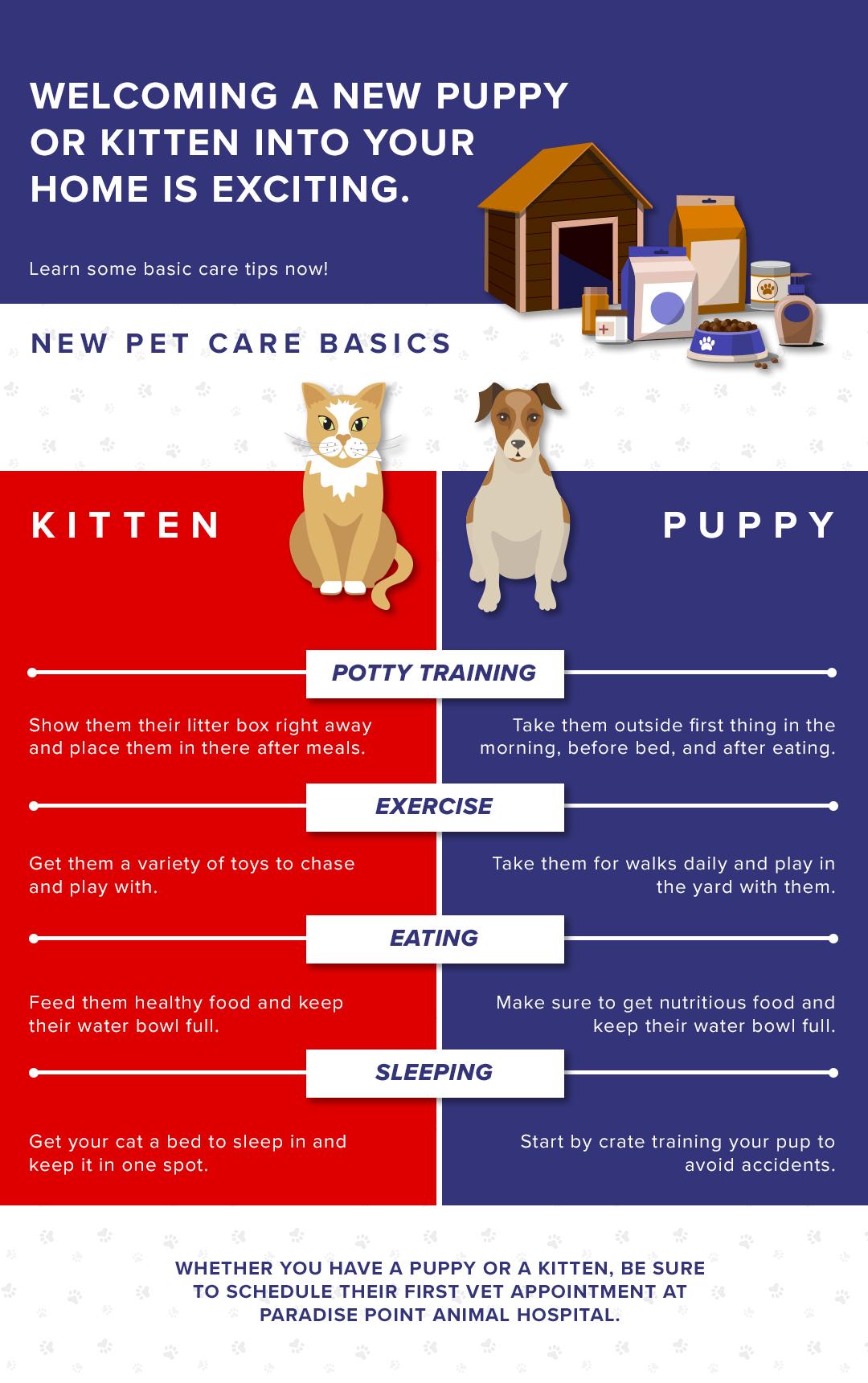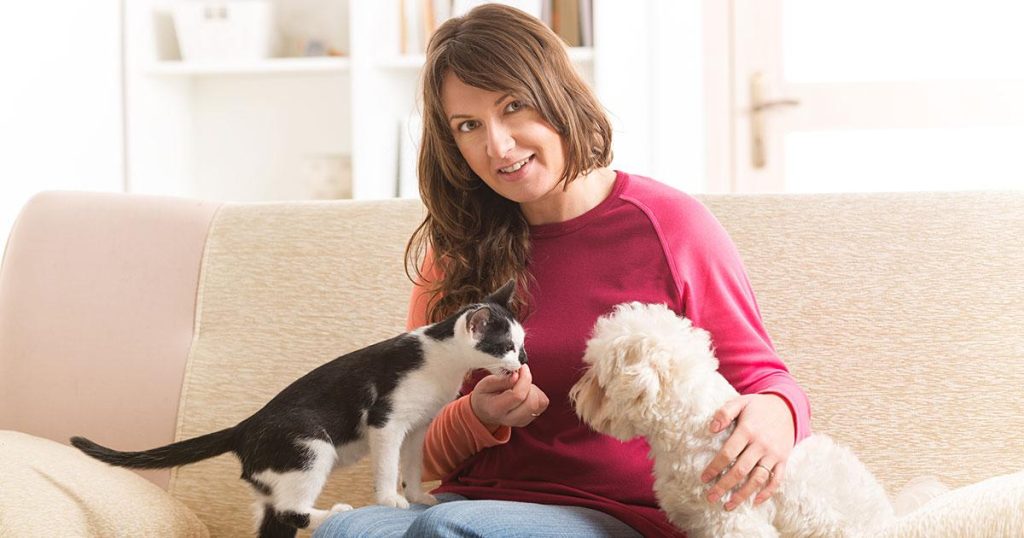Bringing a new pet into your home is akin to opening the door to a world of companionship, joy, and sometimes a touch of chaos. Whether you’re welcoming a playful puppy, a curious kitten, or a more seasoned furry friend, the moment is often filled with excitement and anticipation. However, the initial days following the arrival of your new pet can be overwhelming, not just for you, but also for your four-legged companion. The unfamiliar scents, strange environments, and new routines can cause anxiety for both parties. To ensure that this transition is as smooth as possible, it’s essential to approach the introduction thoughtfully. In this article, we will explore a series of practical steps designed to help you create a welcoming environment, allowing your new pet to feel secure and cherished in the heart of your home from day one.
Table of Contents
- Understanding Your New Pets Needs
- Creating a Safe and Comfortable Space
- Gradually Introducing Family Members and Other Pets
- Establishing Routines for a Successful Transition
- In Summary
Understanding Your New Pets Needs

Understanding the specific needs of your new pet is essential for creating a harmonious living environment. Each animal comes with its own set of requirements, including dietary preferences, exercise habits, and social interaction levels. Paying close attention to these needs can greatly enhance your pet’s quality of life and your enjoyment of their companionship. Some important areas to consider include:
- Nutrition: Research the proper diet suitable for your pet’s species, breed, and age.
- Exercise: Determine the necessary amount and type of physical activity to keep your pet healthy.
- Space: Ensure your home provides adequate space for your pet to explore and feel secure.
- Healthcare: Regular vet check-ups are crucial to monitor your pet’s health and vaccinations.
- Socialization: Gauge how much interaction your pet needs with family members and other animals.
Additionally, it can be helpful to create a simple schedule to meet your pet’s daily requirements. For instance, you could establish regular feeding times, play sessions, and training periods. This helps not only in building a routine but also in developing a bond with your pet. Here is a sample daily schedule:
| Time | Activity |
|---|---|
| 8:00 AM | Feeding |
| 10:00 AM | Morning Walk/Play |
| 12:00 PM | Nap Time |
| 4:00 PM | Training Session |
| 6:00 PM | Evening Feeding |
| 7:00 PM | Family Time/Play |
Creating a Safe and Comfortable Space

Creating the right environment is essential for your new pet’s transition into your home. Start by designating a specific area where they can feel secure. This space should be away from the hustle and bustle of daily life, yet accessible enough for them to feel part of the family. Consider adding items that can help with their comfort:
- Comfortable bedding – A cozy bed or blanket can provide a safe haven.
- Food and water bowls – Position them in a quiet corner to encourage hydration and nutrition.
- Toys – Familiar toys or chew items can alleviate anxiety during their settling-in period.
Additionally, maintaining a consistent routine can help foster a sense of safety and predictability. To effectively do this, develop a daily schedule that includes designated times for feeding, play, and bathroom breaks. You might find it helpful to create a simple chart to track these activities:
| Activity | Time |
|---|---|
| Feeding | 8:00 AM |
| Bathroom Break | 9:00 AM |
| Playtime | 10:00 AM |
Encouraging your new pet to explore their space at their own pace while reinforcing positive behavior will contribute to a smoother adjustment. Always provide plenty of praise and patience, as they learn to integrate into their new home.
Gradually Introducing Family Members and Other Pets
Once your new pet has settled into their space, it’s time to start introducing them to your family members and other pets. This process should be gradual and controlled to ensure everyone’s comfort. Begin with short, supervised interactions that allow your new pet to observe family members from a distance. As trust builds, you can create more direct interactions. Pay attention to body language from both your new pet and existing family members to gauge comfort levels. It’s essential to create a routine that includes positive reinforcement, rewarding both your pet and your family members for calm and friendly interactions.
When introducing your new pet to other household pets, proceed with caution and patience. Start by letting them sniff each other’s belongings (like toys or bedding) to get accustomed to each other’s scents. Next, allow them to see each other while being separated by a gate or through a crate. Once they seem comfortable, you can arrange for brief, supervised introductions in a neutral space. Remember, it’s crucial to have a plan for separating them if either becomes stressed. Here’s a simple guideline to help with the introduction:
| Step | Description |
|---|---|
| Familiarization | Let them adjust to each other’s scents and presence. |
| Visual Interaction | Allow them to see each other from a distance. |
| Supervised Meetings | Arrange short, controlled meetings with supervision. |
| Monitor Behavior | Watch for signs of stress or aggression. |
| Positive Reinforcement | Reward calm behavior with treats and praise. |
Establishing Routines for a Successful Transition
Creating a consistent routine is essential for helping your new pet adjust to their new environment. Start by establishing a feeding schedule that aligns with your pet’s natural habits. Regular meal times not only promote good digestion but also help your pet understand when they can expect food, reducing anxiety. Additionally, design specific times for play and exercise to encourage bonding and physical activity. Consistent bathroom breaks should also be part of this routine, particularly for puppies or kittens, to help them learn where it’s appropriate to go. In this early stage, patience is key; animals thrive in predictable environments.
Incorporating training sessions into the daily routine will also facilitate a smoother transition. Short, effective sessions can reinforce good behavior and build trust between you and your new companion. Consider implementing a specific cue for entering and leaving the home, using a designated area for play and training, and taking regular short walks to familiarize your pet with their surroundings. To keep track of your pet’s activities and training progress, a simple chart may help:
| Activity | Time | Notes |
|---|---|---|
| Feeding | 8:00 AM, 5:00 PM | Consistent portion size |
| Playtime | 10:00 AM, 4:00 PM | Include toys and training |
| Walks | 7:30 AM, 6:30 PM | Explore local area |
| Training | 1:00 PM | Focus on basic commands |
In Summary
As the sun sets on the exciting journey of introducing your new pet into your home, it’s clear that the adventure has only just begun. Each step you’ve taken—from preparing your space to establishing routines—serves as the foundation for a loving and harmonious relationship. In these initial days and weeks, patience and understanding will be your most valuable companions. Your new friend, much like you, is navigating a world filled with unfamiliar scents and sounds, and your gentle guidance will help build their confidence and comfort.
Remember, there will be bumps along the way—a chewed shoe here, a hesitant hiding spot there—but these moments are part of the beautiful tapestry of your shared life. Celebrate the small victories, from the first wag of a tail to the soft purr that indicates trust. With time and care, you’ll transform your house into a true home, filled with laughter, companionship, and joy.
As you embark on this journey together, take a moment to reflect on the bond that you are nurturing. Every scratch behind the ear, each playful romp, and shared quiet moments will weave a story only the two of you can tell. Embrace the process, celebrate the connection, and cherish the love that your new pet brings into your life. Welcome to the adventure ahead.



